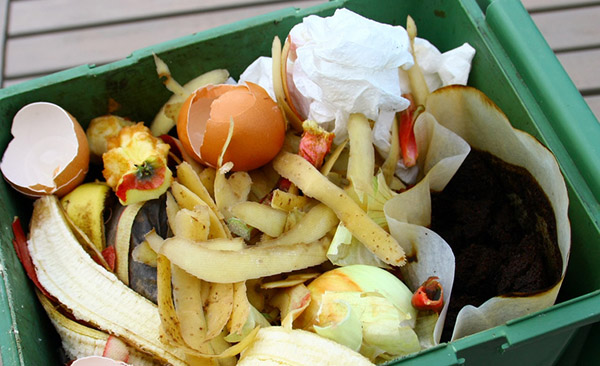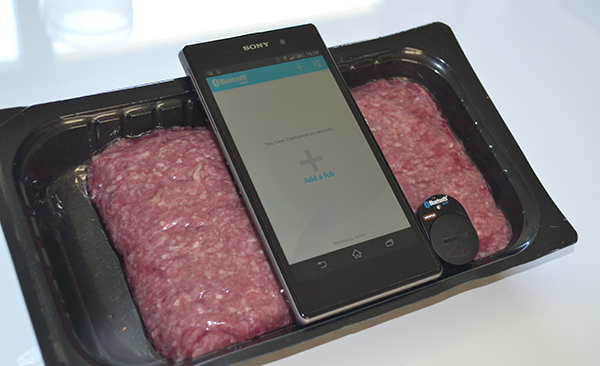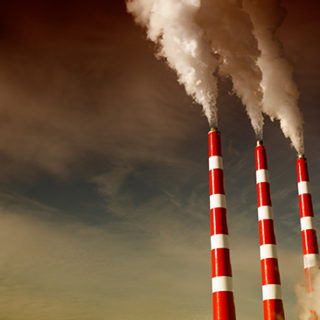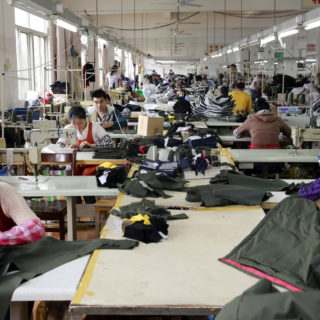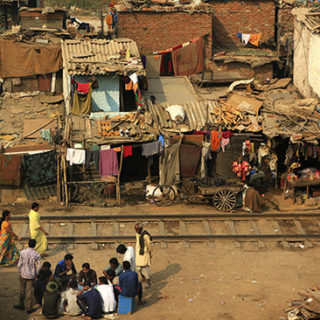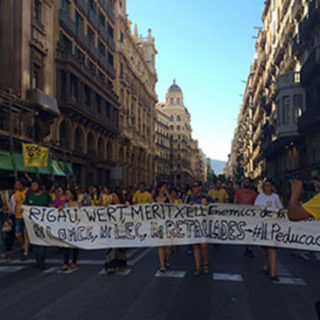Digital solutions to minimize food waste
Food waste is a major challenge for society. In Sweden alone, we throw away 1.2 million tons of food every year, most of which is unnecessary. What can we do to reduce it? What is the role of packaging? Can digitalization contribute to reducing food waste? What trends do researchers see when they look to the future?
The primary task of packaging is to protect and preserve food and in essence, almost all food products that reach consumers come in packages. The protective function of packaging means that the food stays fresh longer – and this can result in reducing food waste.
“Packaging is an important means of counteracting food waste, but we have to identify which food products will profit environmentally from more packaging and which will not,” according to Katrin Molin Besch, a Ph.D. student in Packaging Logistics at the Department of Design Sciences, Lund University.
She is studying how the requirements for food packaging must to be balanced against other environmental requirements so that the total negative environmental impact is a little as possible.
“Reducing the impact of food packaging is a major challenge when we take into account other factors – like reducing food waste, and reducing the environmental impact from packaging materials and transports in the food supply chain. Companies must balance all aspects simultaneously so that the overall environmental impact is minimized,” says Ms. Besch who goes on to encourage more collaboration between research and the food industry.
“Research has an important role in developing simple methods and frameworks that can support decision makers when deciding about food packaging.”
Reduce food waste with intelligent return boxes
Food products are often transported over long distances and with several stops along the way. Repackaging and reloading occur before the products reach their final destination. Unexpected events can arise in the process for different reasons, such as changes in the product temperature.
“We can reduce food waste by getting more information about how the food is handled in the chain. Currently, the assumption is that if something goes wrong during transport, you have to throw out all the food; but many times, that is unnecessary,” says Fredrik Nilsson. He a professor in Packaging Logistics and one of the driving forces behind a research project aimed at reducing food waste using digital methods.
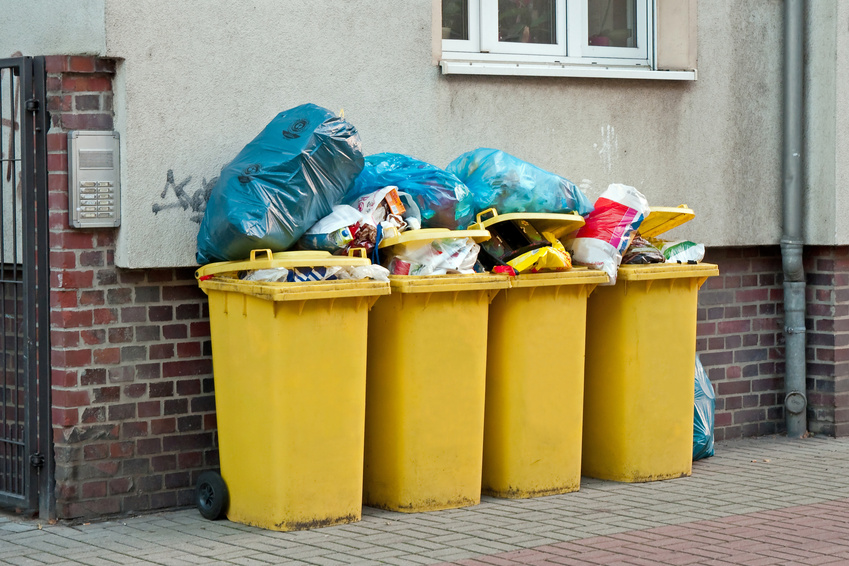
Digital sensors in the products’ transport packages – what are referred to as “intelligent return boxes” – send information about the status of the product to all the actors in the chain. If something deviates during the journey, the sensors alert the entire chain, from the producer to the final supplier. When the actors quickly receive information about deviations, they are able to take necessary measures so that they don’t have to discarded the food.
“With intelligent return boxes, we achieve a visible and open supply chain that can lead to reduced food waste and consequently, reduced carbon dioxide emissions. This means not only a lower environmental impact, but also a savings for society – a 20% reduction can save up to 15 billion Swedish crowns,” according to Fredrik Nilsson.
Improvements in the best-before date marking
Having digital sensors in return boxes is one way to reduce food waste; another is to improve the best-before date marking. Many consumers throw out good quality food because the date has passed. They sometime even throw it out before that. In most cases, the shelf life of many food products is longer than the best-before date stamped on the package, which means you don’t always have to throw it out.
“The printed best-before date has many advantages, but it is also one of the major causes of food waste,” according to Malin Göransson, Ph.D. student in Packaging Logistics.
She works with digital solutions for a more dynamic best-before date. The dynamic technology means that information on a product’s temperature and expected bacterial growth is stored digitally in a cloud function.
“A dynamic best-before date can be obtained by using microbiological calculation models that provide a better picture of the food product’s actual shelf life.”
Malin Göransson believes that digitalization will play a major role in the food industry of the future, where consumers place increasingly higher demands on products and the information that accompanies them – such as traceability, if it is locally produced or organic.
“Methods for reducing food waste and generating resource-efficient food packaging will be extremely important as we try to move towards a circular economy,” Malin Göransson states, and Katrin Molin Besch agrees:
“It will be very interesting to see how the trend towards a circular economy can affect the packaging branch in the long run. Will all food packages in the future be biodegradable? Or will food packages that can be recycled become more common again.
Text: Jessika Sellergren


